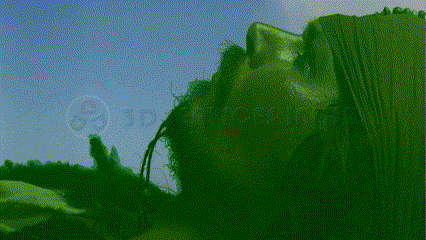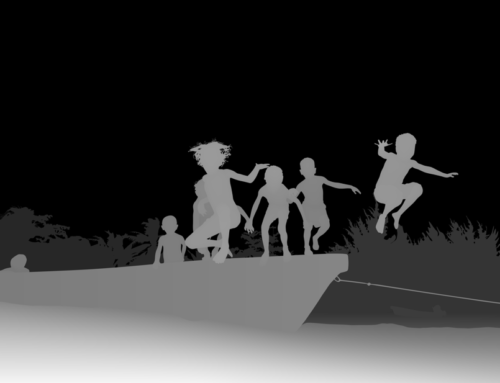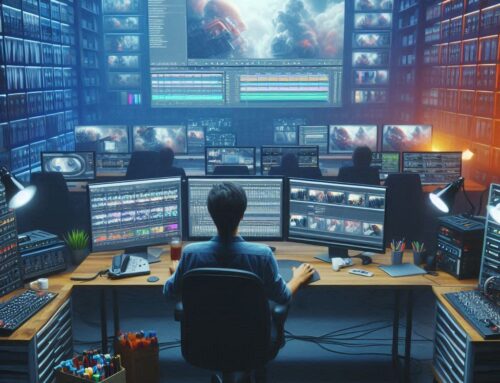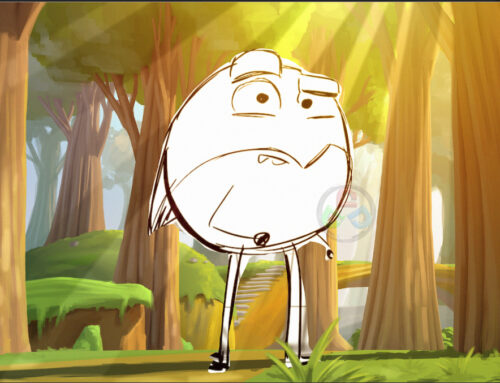In the ever-evolving world of animation, one technique has been making a remarkable resurgence – Lets Explore Rotoscope Animation in Detail. At 3D Services India, we believe in staying at the forefront of creative innovation, and in this comprehensive guide, we will delve deep into the world of Rotoscope Animation. By the end of this article, you’ll have a clear understanding of what Rotoscope Animation is, its historical significance, its modern-day applications, and how it can revolutionize your animation projects.
What Exactly is Rotoscope Animation in Detail?
Rotoscope Animation is an age-old animation process that involves tracing over a still photo or moving footage. It serves as a bridge between the real world and the animated realm, offering a unique blend of realism and artistic expression. The technique is rooted in the early days of cinema but has experienced a resurgence in recent years, captivating animators worldwide for various reasons, including its ability to expedite the production process.
A pivotal aspect of Rotoscope Animation is its ability to transform live-action footage into animated sequences. Instead of relying on actors and live-action shots, animators use a sequence of still images to draw over the original footage. These traced images are then placed onto a background track of movement, resulting in a finished animated scene that seamlessly combines reality and artistry.
The Intricacies of Rotoscoping
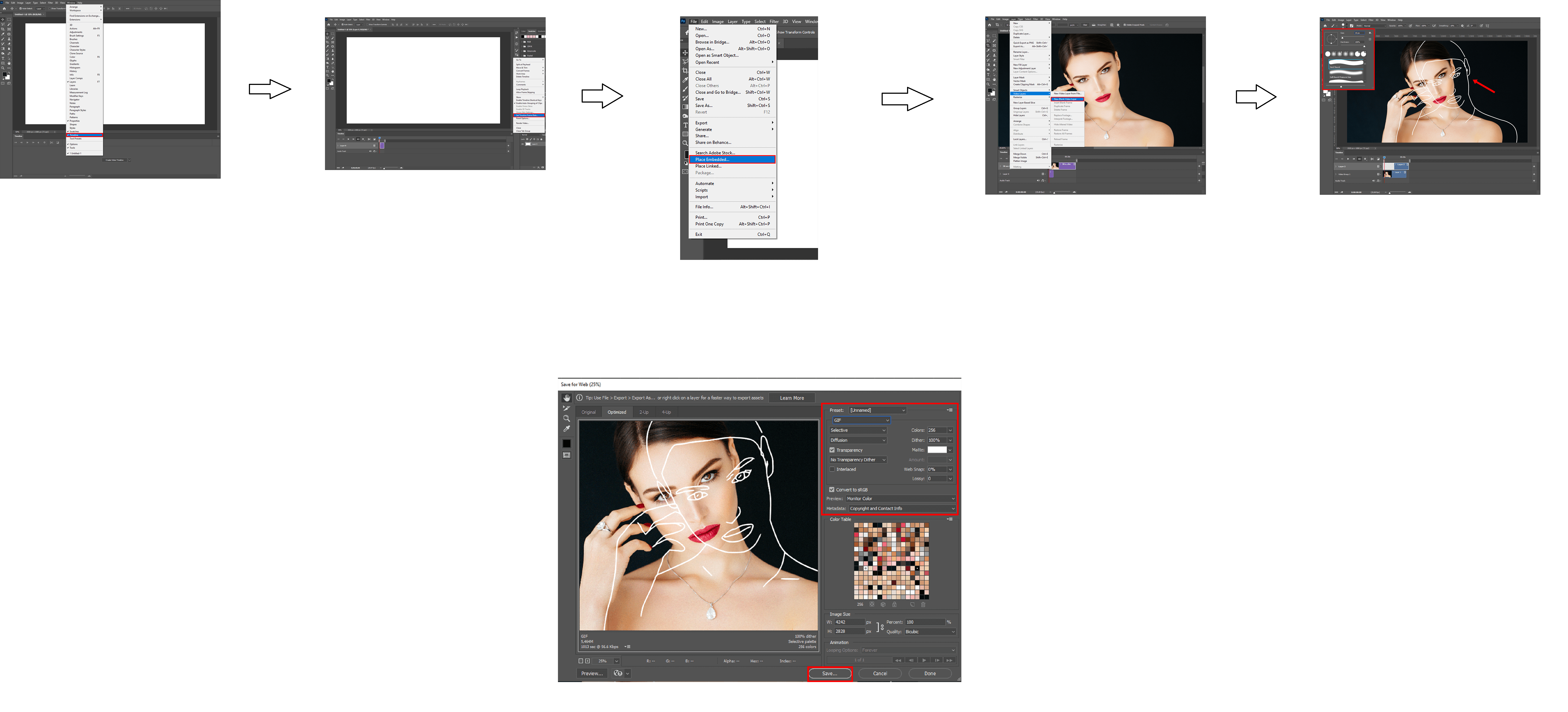
While Rotoscope Animation offers boundless creative possibilities, it demands precision and skill. To execute it effectively, a digital copy of the main actor’s face is created using computer software. This digital copy must replicate the actor’s facial movements with utmost accuracy. Achieving this level of precision requires expertise and meticulous attention to detail, making it a labor-intensive and occasionally challenging process.
Unveiling the Historical Roots of Rotoscoping
The history of Rotoscope Animation is deeply intertwined with the evolution of film and animation. Rotoscoping found its origins in the early 20th century when the burgeoning field of cinematography necessitated innovative techniques to enhance the visual appeal of live-action shots. At this stage, rotoscoping entailed using specialized equipment and paintbrushes to modify or replace specific elements within a scene, lending it a more stylized and captivating appearance.
One of the pioneers of Rotoscope Animation was animator Max Fleischer, who introduced the technique in his groundbreaking “Out of the Inkwell” animated series. Back then, it was simply known as the “Fleischer Process.” However, the labor-intensive nature of rotoscoping led to it becoming a specialized task for individuals with artistic prowess who couldn’t find work as traditional animators.
As the years rolled on, advancements in technology simplified the rotoscoping process, thanks to the advent of computer graphics. This development ushered in a new era for the technique, expanding its applications and creative potential.
Rotoscoping’s Influence on Cinema

Rotoscoping’s impact on the world of cinema cannot be overstated. It played a significant role in iconic films such as “Snow White and the Seven Dwarfs,” where Walt Disney and his animators used the technique to create memorable animated sequences. Additionally, Alfred Hitchcock’s masterpiece, “The Birds,” employed rotoscoping to bring the terrifying movements of the avian antagonists to life, earning an Academy Award nomination for its animator, Ub Iwerks.
Rotoscope in Movies like Fire and Ice
The animation luminary Ralph Bakshi also embraced rotoscoping in his films, including “Wizards,” “The Lord of the Rings,” “American Pop,” “Fire and Ice,” and “Cool World.” Bakshi’s initial foray into rotoscoping was motivated by budget constraints, but it ultimately became a hallmark of his unique style, captivating audiences with its blend of realism and fantasy.
Evolution and Innovation in Rotoscope Animation in Detail
The evolution of Rotoscope Animation didn’t stop with the advancements of the past. In the mid-1990s, animator and computer scientist Bob Sabiston pioneered an innovative approach known as “interpolated rotoscoping.” This computer-assisted technique was showcased in his award-winning short film, “Snack and Drink.”
Director Richard Linklater recognized the potential of Sabiston’s method and employed it in full-length feature films such as “Waking Life” and “A Scanner Darkly.” This marked a significant milestone as Linklater became the first filmmaker to create an entire feature film using this process, pushing the boundaries of what Rotoscope Animation could achieve.
Next-Generation Rotoscope Animation Software
Click here to know in details about Rotoscoping Software
- Adobe After Effects – All-rounded rotoscoping software.
- Silhouette FX – GPU-accelerated compositing.
- Nuke – Premium rotoscoping software.
- Fusion 16 – Cutting-edge compositing program.
- Studio Artist 5.0 – AI rotoscoping software.
- Mocha Pro – Reliable and ready-to-use toolset.
Notable Rotoscope Movies
Rotoscope Animation has left an indelible mark on cinema, with numerous notable films showcasing its creative potential. From the visually stunning “Loving Vincent” to the mind-bending “A Scanner Darkly,” Rotoscope Animation has enriched the cinematic landscape with its ability to blend reality and imagination seamlessly.
In Conclusion
Rotoscope Animation, once a labor-intensive artistic endeavor, has transformed into a dynamic and innovative animation technique that continues to captivate audiences and filmmakers alike. At 3D Services India, we embrace the rich history and limitless potential of Rotoscope Animation, and we’re committed to helping you unlock its creative possibilities for your projects.
Whether you’re a seasoned animator or a filmmaker exploring new horizons, Rotoscope Animation can breathe life into your vision and elevate your storytelling. Join us on this journey through the evolution, impact, and innovation of Rotoscope Animation, and discover how it can revolutionize your creative endeavors.
For inquiries or to explore how 3D Services India can support your animation projects, contact us today. – info@3dservicesindia.com, +15109625510
Written By-
Harsh Chauhan – 3D Services India
Harsh Chauhan is a dynamic professional, currently serving as a Manager at 3D Services India, where he closely monitors ongoing developments in the VFX and Animation industry. He is also the author of “Beyond the Green Screen,” a popular newsletter that explores the latest trends in the field. Harsh is the founder of Art Palace, a hub for 3D rendering services, and he is a talented live sketch artist and author of the book “Jawaab,” showcasing his diverse talents and commitment to creativity and innovation.
© 2023 3D Services India. All Rights Reserved.

